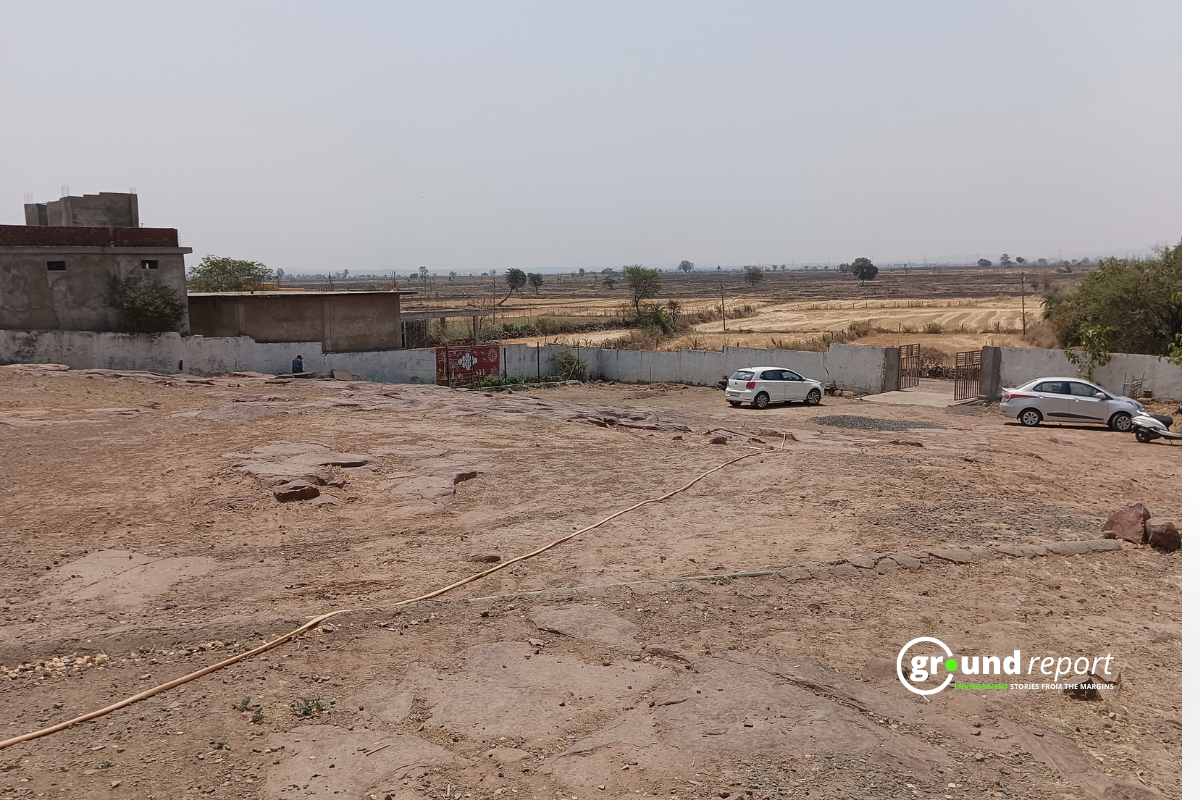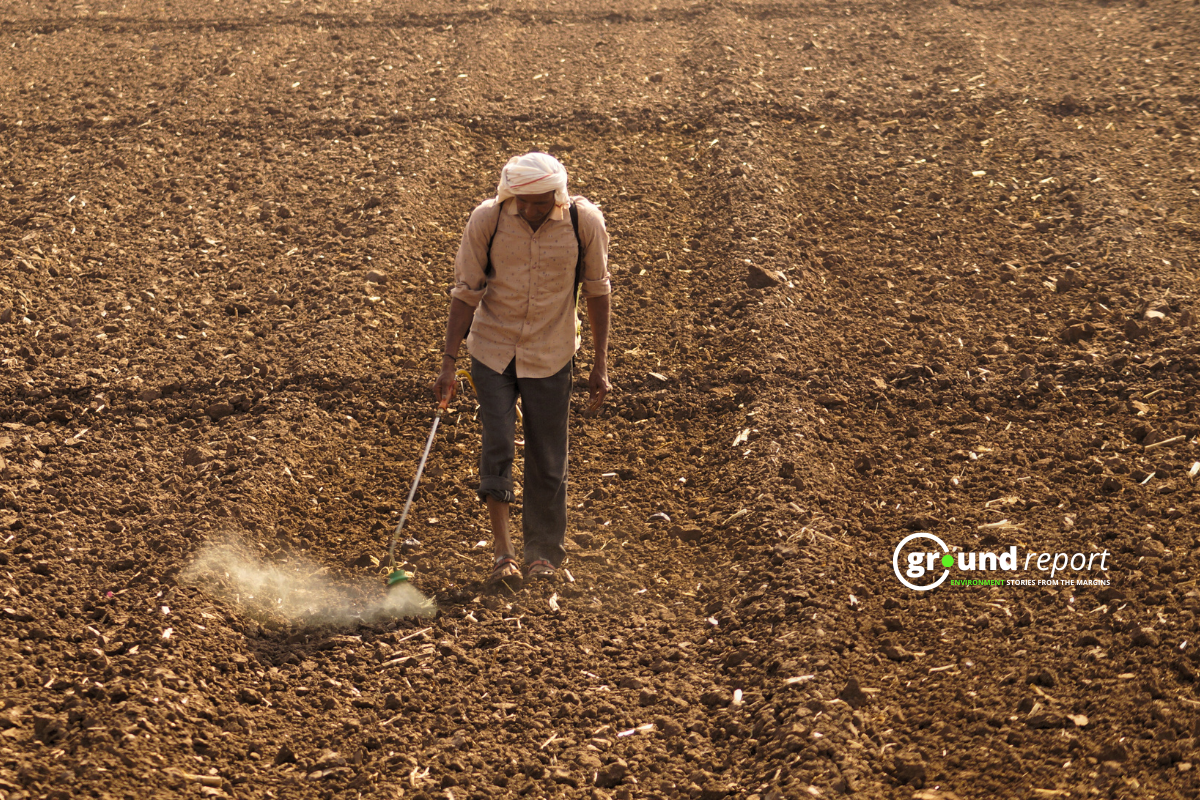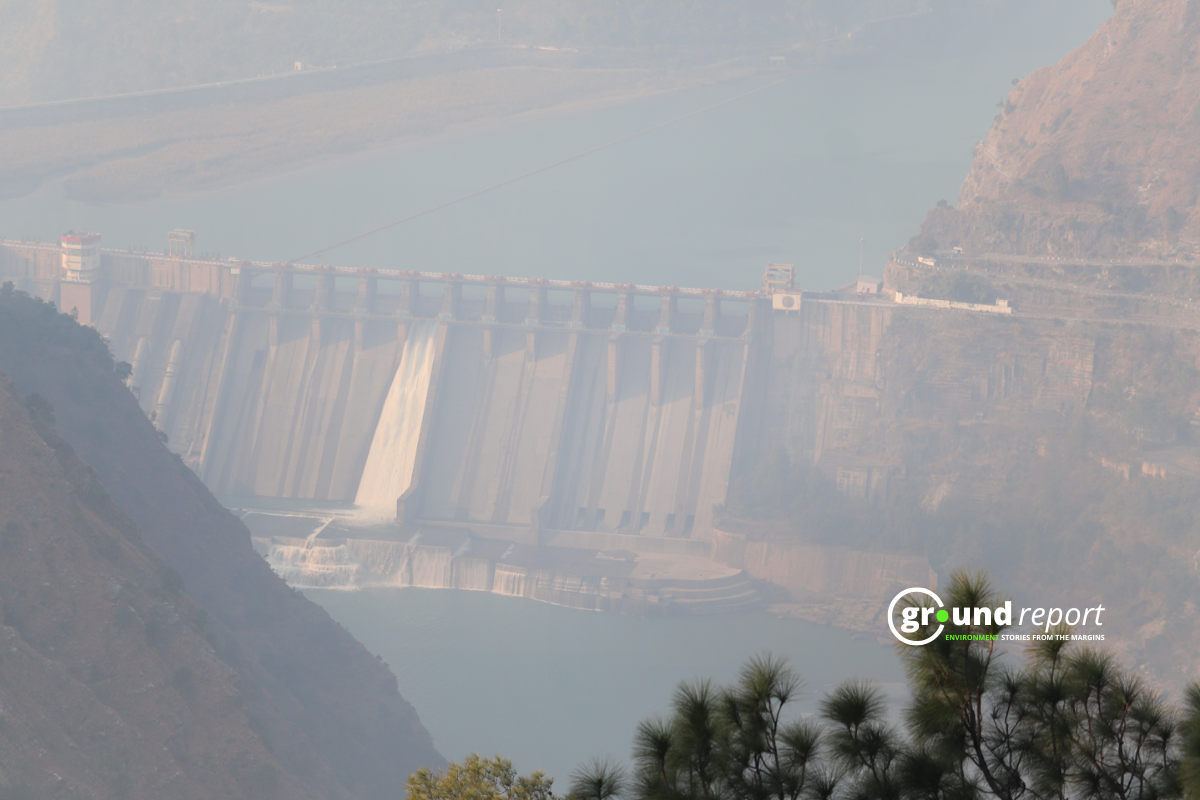We are going through a double climate crisis and biodiversity loss that threatens the well-being of all living beings. More than a tenth of Earth’s plant and animal species could become extinct by the end of the century if current emissions trends continue.
Species could go extinct
Cascading extinctions of species are inevitable. A new study, based on models, indicates that the Earth will lose an average of up to 10% of its animals and plants by 2050 due to land use and climate change.
This average loss of biodiversity could reach 27% in 2100, according to the work published this Friday by ‘Science Advances’ in which European and Australian scientists have collaborated.
The study focuses on cascading extinctions or coextinction. When a species is lost directly to a disturbance (primary extinction), there may be another that is predatory of the first that will also disappear because it runs out of food.
In the case of plants, if it loses their pollinating insects because it is too hot, they will also succumb, since all species1,500 marine species are at risk of extinction depend in some way on others.
Species likely to disappear due to climate and land use
The authors warn that the approaches considered so far to assess extinction trajectories over the next century have been hampered by their failure to incorporate coextinctions.
Thus they developed a new tool to model the interconnected loss of species using the most powerful supercomputers in Europe, with the aim of predicting the connected fate of species that are likely to disappear due to the ravages of climate change and land use.
The tool “presents a grim prediction of the future of global diversity, confirming beyond a doubt that the world is in the midst of its sixth mass extinction event,” according to Flinders University Australia.
The team created a large virtual Earth of networks of interconnected species, linked by who eats whom, and then applied climate and land use changes to the system to achieve future projections. Virtual species could also re-colonize new regions as the climate changes, adapt to some degree to changing conditions, become extinct directly due to global change, or fall victim to a cascade of extinctions.
Secondary effect on biodiversity
“Essentially, we have populated a virtual world from scratch and mapped the resulting fate of thousands of species across the planet to determine the likelihood of real-world tipping points, ” explained Giovanni Strona of the Joint Research Center of the European Commission In this way, they were able to assess adaptation to different climate scenarios and relate it to other factors to predict a pattern of coextinctions.
This study is unique because it also takes into account the secondary effect on biodiversity, estimating the effect of species extinction on local food webs beyond the direct effects -primary extinction.
“Children born today who live to be 70 years old can witness the disappearance of thousands of plant and animal species, from the tiniest orchids and tiniest insects to iconic animals like the elephant and the koala, all over the course of a lifetime. human life,” said Corey Bradshaw of Flinders University, one of the signatories.
Keep Reading
Part 1: Cloudburst in Ganderbal’s Padabal village & unfulfilled promises
India braces for intense 2024 monsoon amid recent deadly weather trends
Support us to keep independent environmental journalism alive in India.
Follow Ground Report on X, Instagram and Facebook for environmental and underreported stories from the margins. Give us feedback on our email id greport2018@gmail.com.
Don’t forget to Subscribe to our weekly newsletter, Join our community on WhatsApp, and Follow our YouTube Channel for video stories.









